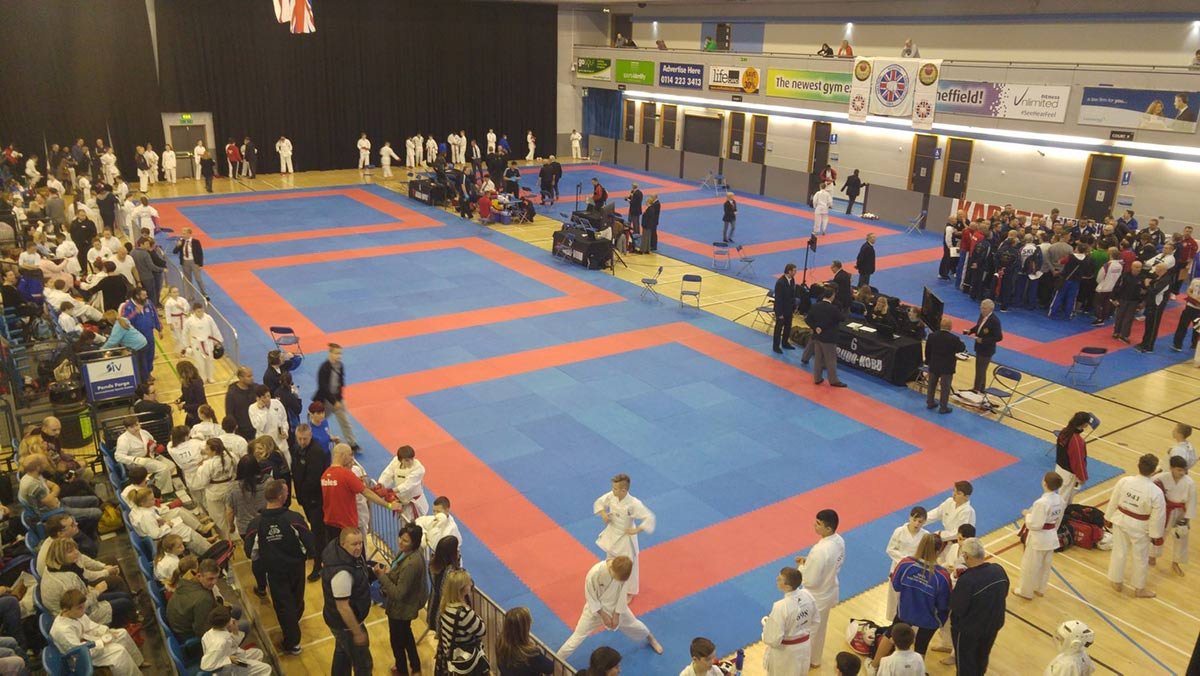
Kata Competition Preparation
Understanding Competition Rules for Kumite
For those karateka that want to compete in Kata at competition level the competitior must follow the rules and guidelines from the WKF (World Karate Federation)
Arena
All karateka compete in an area marked out as 8x8 metres with either five or seven referees judging.
If five judges are available then four of the referees will be seated in each corner of the competition area and the fifth judge known as the chief judge will be sat central facing the competitors.
If seven judges are available then they will be sat marking from the sideline
Equipment
All karateka must be wearing the correct uniform before competing.
Gi needs to be white and WKF approved.
Competitor needs to bring two coloured belts Aka (Red) and Ao (Blue)
RULES ABOUT THE MATCH
BOUT
The first competitor walks up to the competition area and bows deeply. They then state the name of the kata select form 102 listed kata and begin the performance.
Once completed the competitor bows and walks out of competition area and new competitor enters.
POINTS
Points are scored on two areas Technical ability and Athletic ability.
These two areas are split to 70% technical score and 30% athletic score.
Each referee will be judging the performance on their own standards.
Technical elements are marked on
Stances
Correct breathing
Timing
Transitional movements
Sense of space
Kimi / focus
Waza / technique
Athletic elements are marked on
Speed
Balance
Strength
The final scores are determined by removing the two lowest judges scores and the two highest judges scores from. leaving the remaining scores to be added up to make the total for the kata performed. If both competitors have tied, then they may need to perform again.
Katas
There are 102 Kata available for the competitors to select for demonstration.


